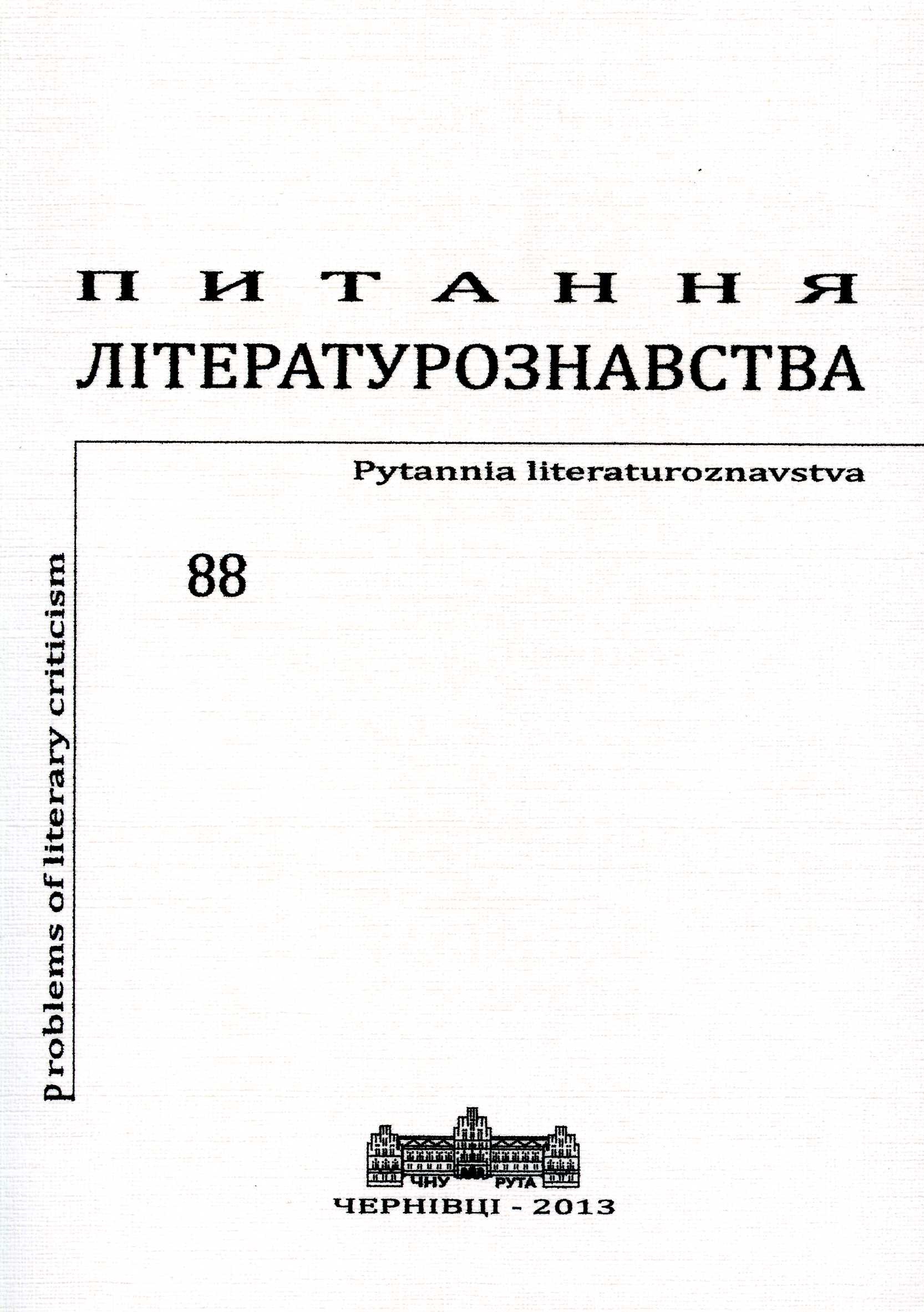Античні ремінісценції в трагедії Крістофера Марло “Дідона, цариця Карфагена”
Antique Reminiscences in the Tragedy “Dido, Queen of Carthage” by Christopher Marlowe
Author(s): Valeriya GeorgievskayaSubject(s): Language and Literature Studies, Theory of Literature, British Literature
Published by: Чернівецький національний університет імені Юрія Федьковича
Keywords: C. Marlowe; the Renaissance; the tragedy; reception;
Summary/Abstract: Analysis of Christopher Marlowe‟s works highlights unexplored issues in Ukrainian literary English writer, contributing to a better understanding of the Renaissance in general. The article touches classical receptions problem analysis based on the play by the writer in the Renaissance. Investigates the socio-cultural events of the day and their impact on drama writer. In this article are not researching aspects of C. Marlowe “Dido, Queen of Carthage”, it appears more interested in the writer‟s image of Dido and installed originality single elaborate female image artistically playwright. The play “Dido, Queen of Carthage” was written in 1583 while studying at the University of C. Marlowe. It corresponds to the tradition of Renaissance drama, which absorbed at Latin literary norms and models of Roman plays L. A. Seneca and is a generalization about the ancient Greek tragedies and myths of Oedipus, Medea, Hercules, the fall of Troy and others. “Aeneid” by P. Virgil, who was taken based on plot C. Marlowe, was part of educational programs in almost all schools and became an integral part of humanistic education in England and Europe in the XVI century. So, Dido is the only elaborate images of women throughout their careers playwright. It is, without doubt, is the central figure in the play, dominating over all others, including the above Aeneas. C. Marlowe absorbed in developing the image of Dido. Her moral problems dominate the play.
Journal: Питання літературознавства
- Issue Year: 2013
- Issue No: 88
- Page Range: 318-328
- Page Count: 11
- Language: Ukrainian

